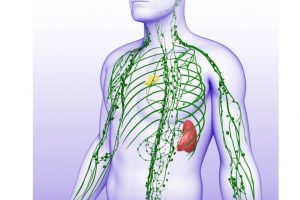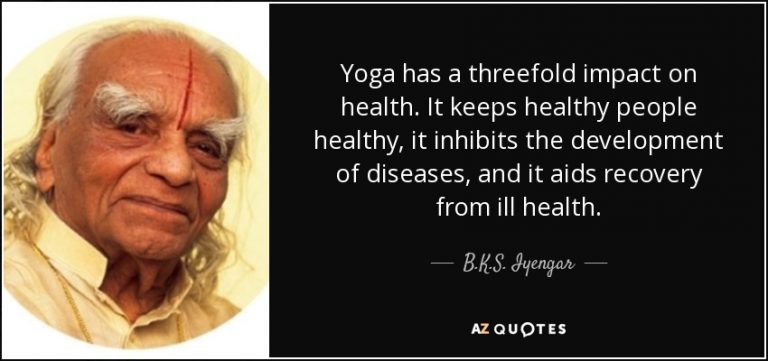The Lymphatic System
When white blood cells come into contact with viruses and bacteria, they form antibodies to fight the specific threat and cause an immune response in the whole body.
Anatomy of the Lymphatic System
 The main parts of the Lymph System are:
The main parts of the Lymph System are:
Lymph The lymph is fluid that is collected from the tissues and cavities between cells. It is made up of proteins, fats, white blood cells and other “foreign” materials.
Lymph vessels Like blood vessels, lymph vessels spread out to the body tissues. Valves in the vessels stop reverse flow. Unlike blood vessels, lymph vessels do not have a pump. Therefore, lymph is circulated through exercise, deep breathing, and jumping. Your muscles squeeze the vessels to cause circulation.
Ducts There are two main ducts in the trunk of the body that flow into the veins. The other lymph vessels drain into these ducts.
Nodes Nodes are collection spots for the lymph. This is where the foreign material, viruses, and fungus are assessed by the white blood cells. You have between 500-700 lymph nodes in your body. Half of all your lymph nodes are in your abdomen.
Additionally, other organs can be considered part of the lymphatic system including: tonsils (they protect against inhaled material), spleen (make some white blood cells and filters and removes damaged red blood cells), and the thymus (develops the immune system of the very young).
To clarify, here is a short video that illustrates the lymph system. click here
Three main functions
The Lymphatic System does three main things:
1. Fluid Balance – Blood leaks into the inter-cellular spaces daily and not all of it is recoverable by the veins. The Lymphatic system collects this fluid from the tissues, cavities and from between the cells to be returned to the veins. The fluid that it collects is rich in proteins and is called lymph.
2. Absorption– Most fats from digestion are taken up by the lymphatic system and delivered to the venous blood.
3. Immune System– The body has other defenses such as: physical barriers (skin), toxic barriers (stomach acid), and friendly bacteria in the body. Even with these defenses, pathogens still get by. (Read more about the immune system below.)
The lymphatic system houses your army of white blood cells. These white blood cells circulate through the lymphatic system in the lymph. When they get to the nodes they are exposed to viruses, bacteria, and other foreign particles that have been gathered. The white blood cells come into contact with these intruders, become “activated”, and form antibodies to fight the specific threat. As a result, they spread to the blood stream and cause an immune response in the whole body.
Signs of a poorly functioning lymphatic system: fatigue, bloating, chronic sinusitis, sore throat, breast swelling, swollen glands, cold hands/feet, water retention, stiffness, itchy/dry skin, brain fog, cellulite, ear issues, stubborn weight gain.
Keep your lymphatic system healthy! Two good practices for a healthy lymph system include staying hydrated and caring for the health of your gut. (Remember that 1/2 of your lymph nodes are in your abdomen). For example, one way you can improve gut health is by eating raw foods. Additionally, don’t restrict your circulation with tight clothes. Instead, wear loose, comfortable clothes. Consider getting regular massages from a professional or even a loved one. Similarly, I would consider dry brushing as a form of massage as well. (Here is a video I found with dry brushing and lymph massage all in one.) Also, Pranayama, yoga, and laughing all increase your circulation and improve your immune response. Lucky for you, we do all three in class every week!🙂
To sum up, the lymph system is more important than you think!
If you want to get together to learn a personalized yoga routine to support your lymph system, please call Grace Yoga for an appointment. 970-646-2022



